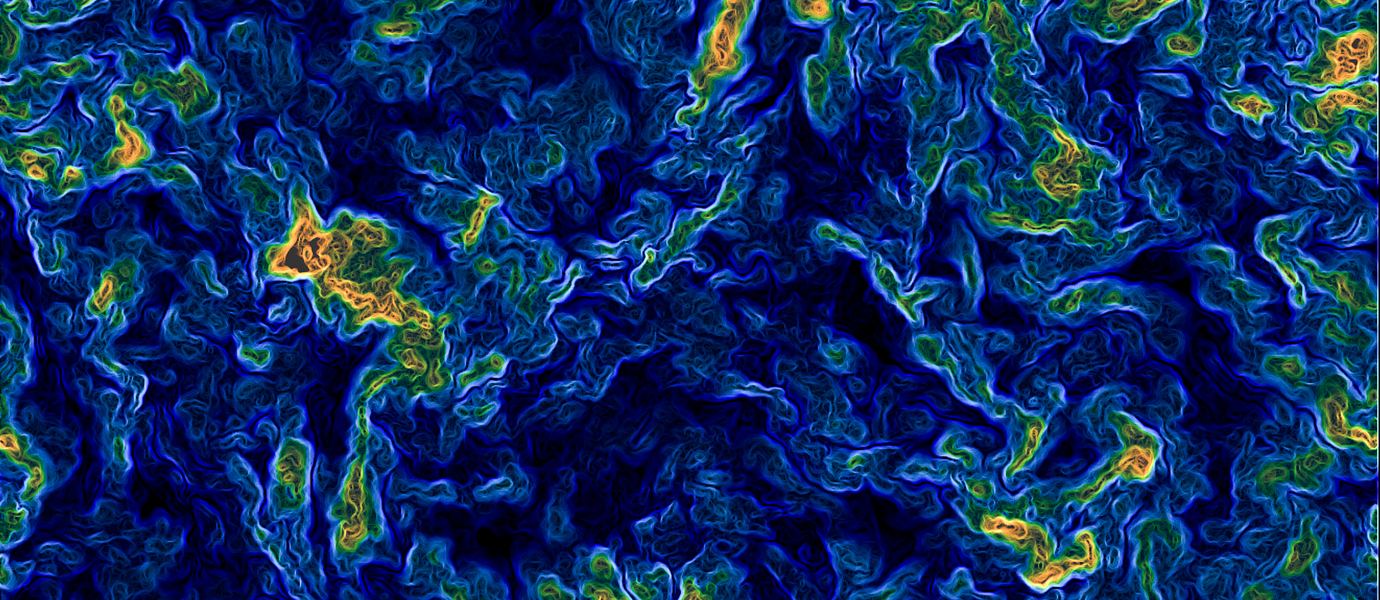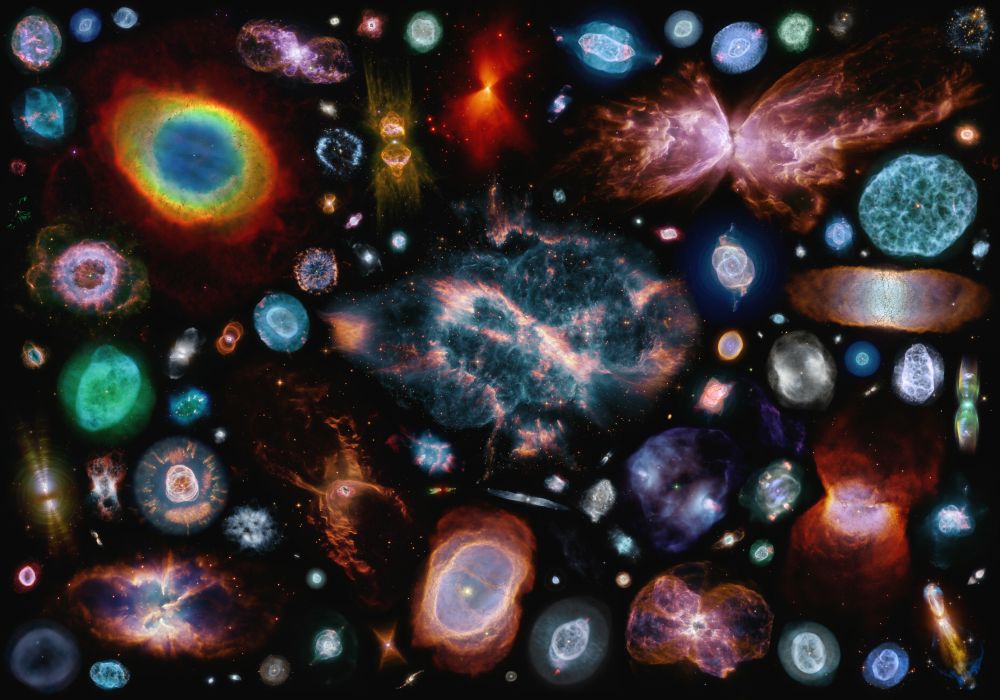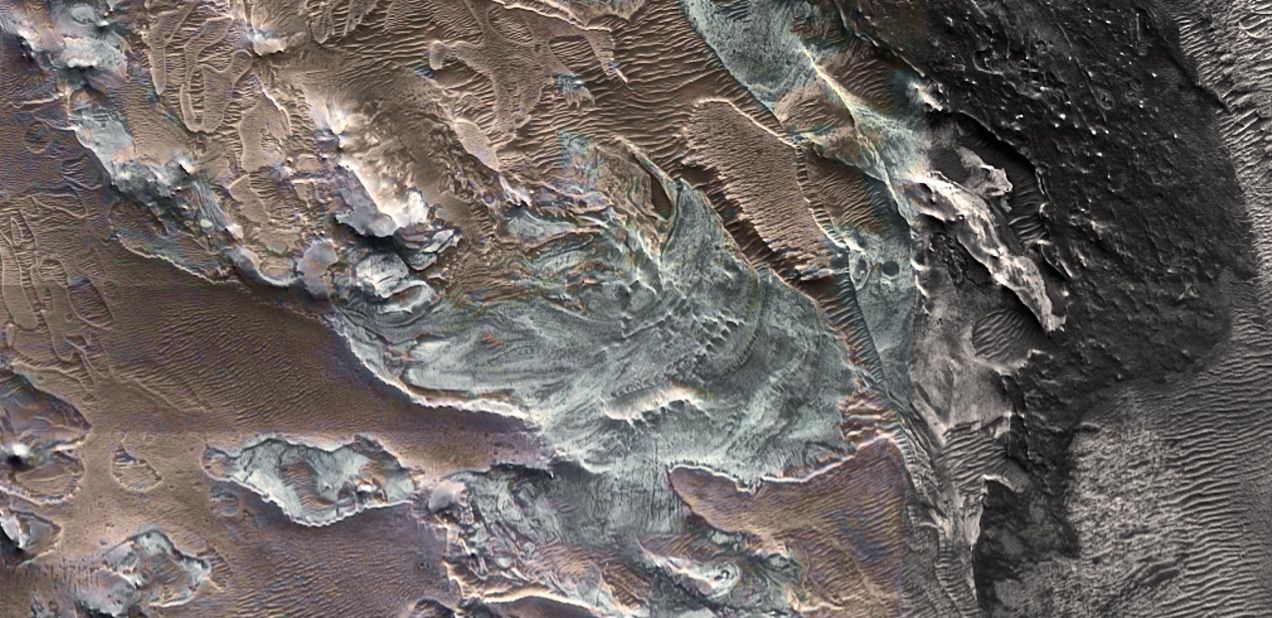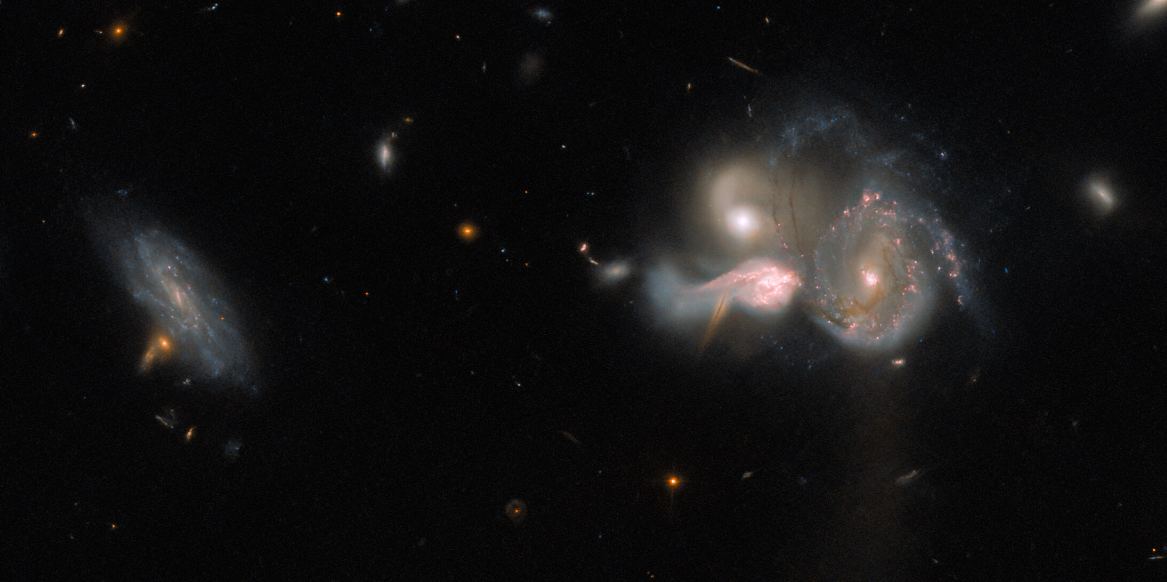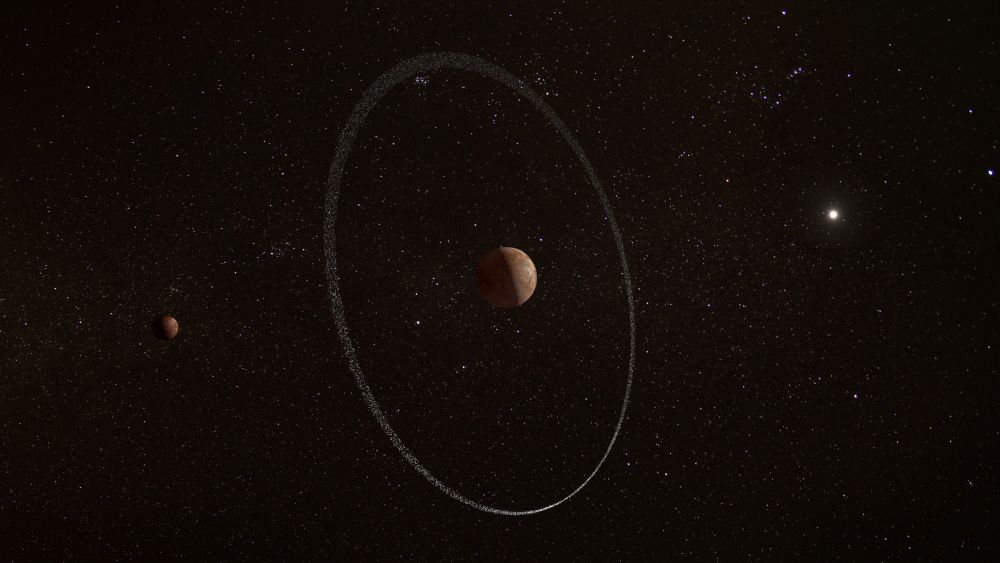If we want to understand the Universe, we have to start with its size. Ancient people had no idea there was a Universe the way we understand it now, and no idea of its size. They thought there was the Earth, with everything else rotating around it. It was the only conclusion within reach for a long time.
Continue reading “A New Way to Measure Distances in the Universe”A New Way to Measure Distances in the Universe



